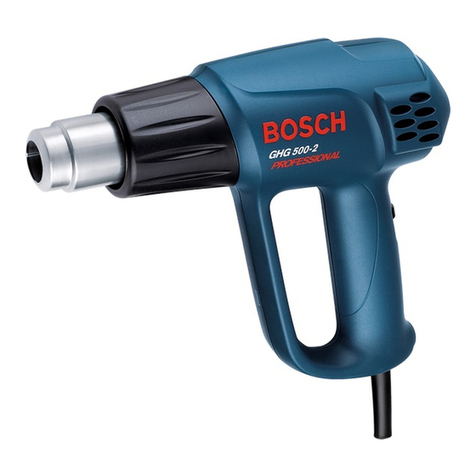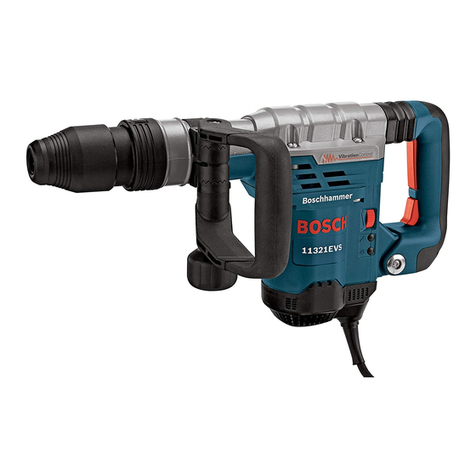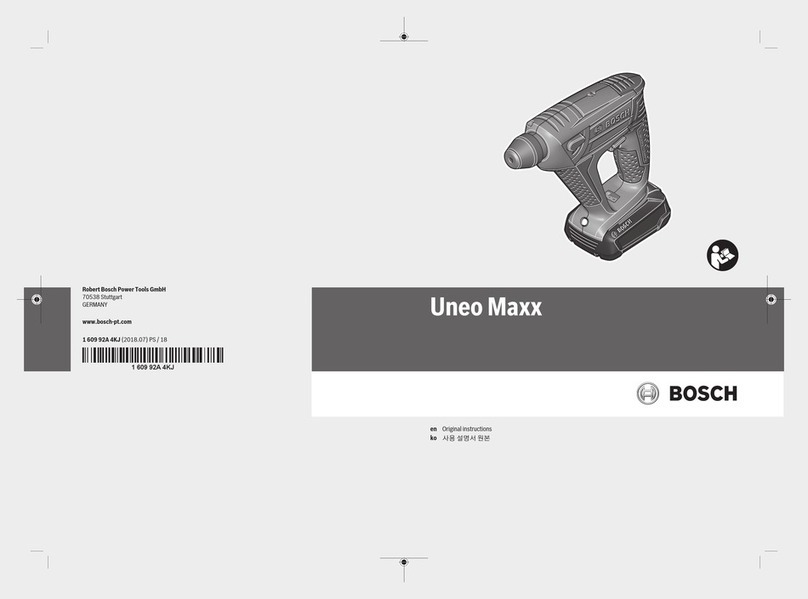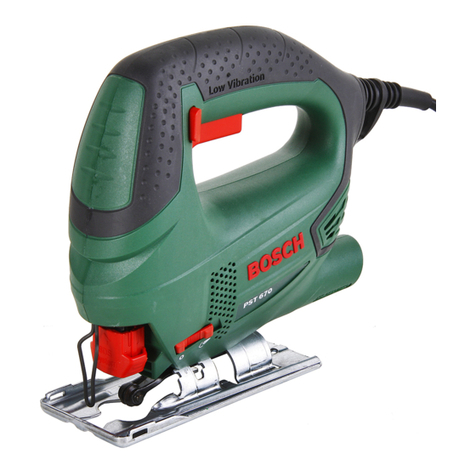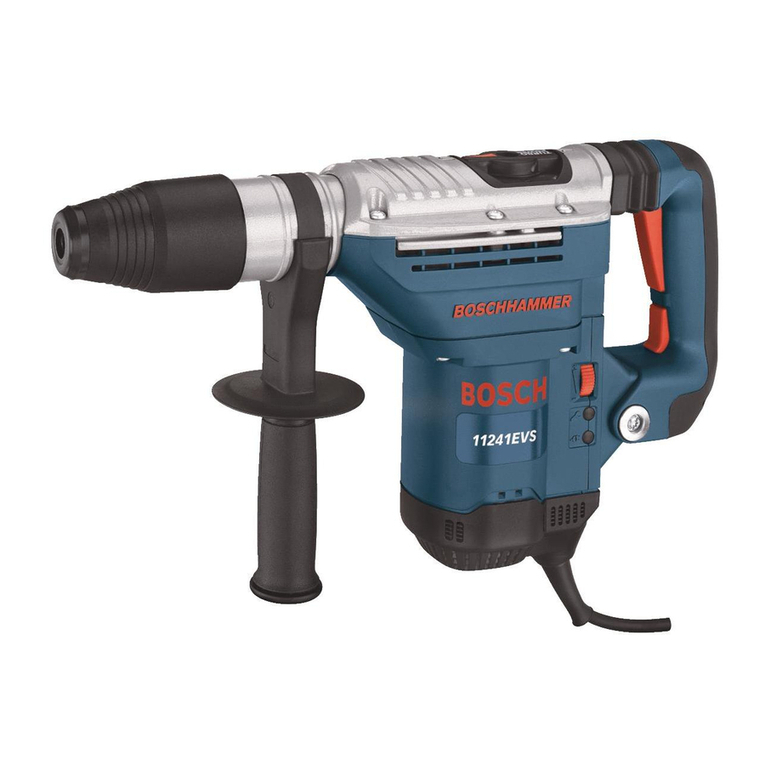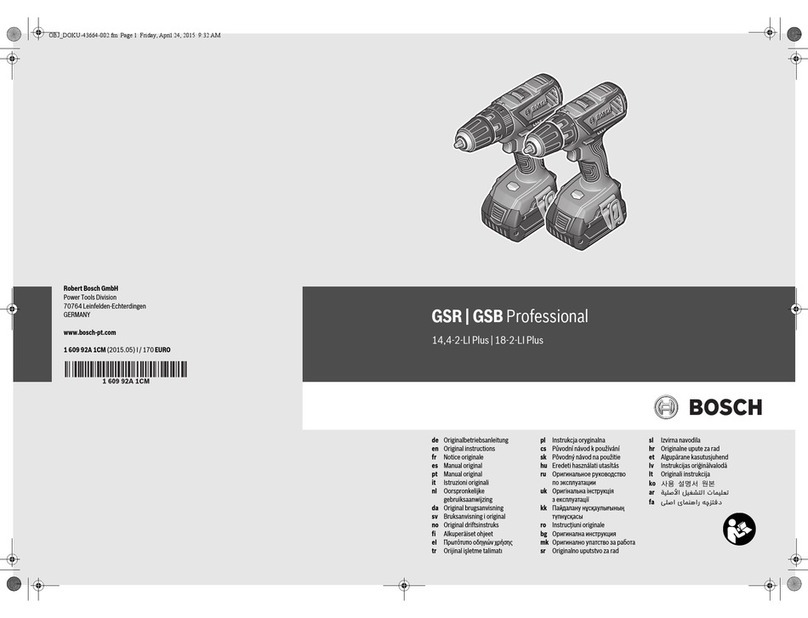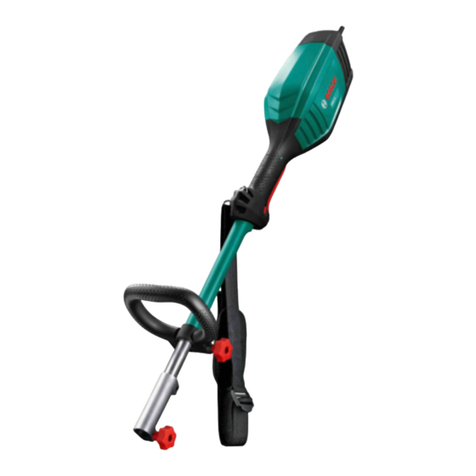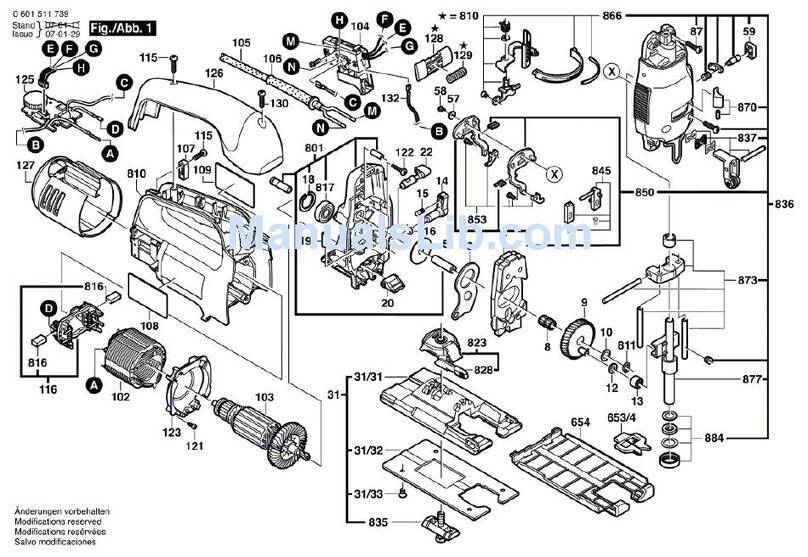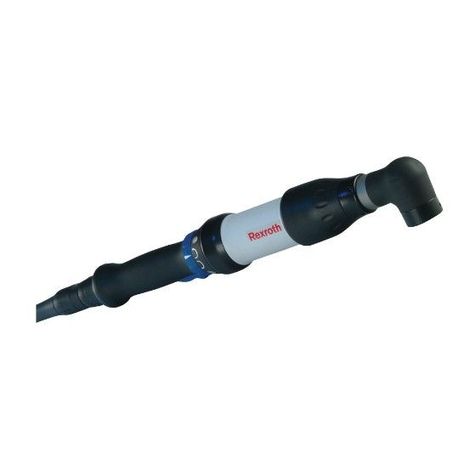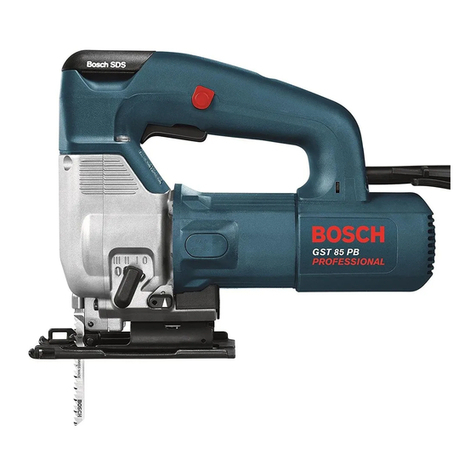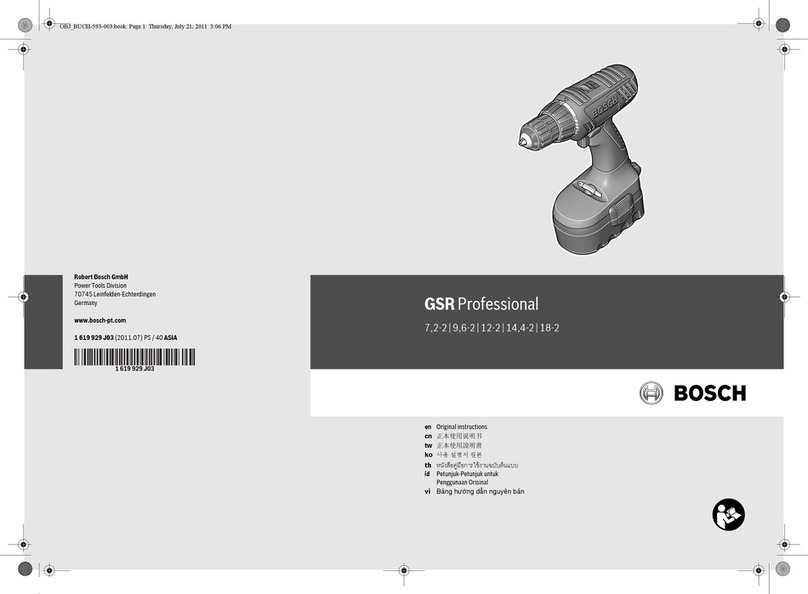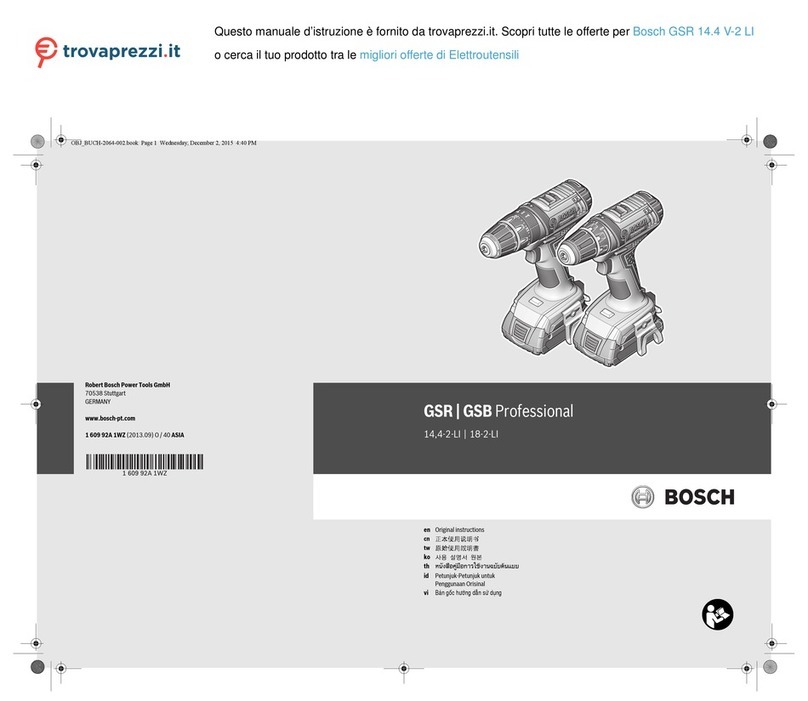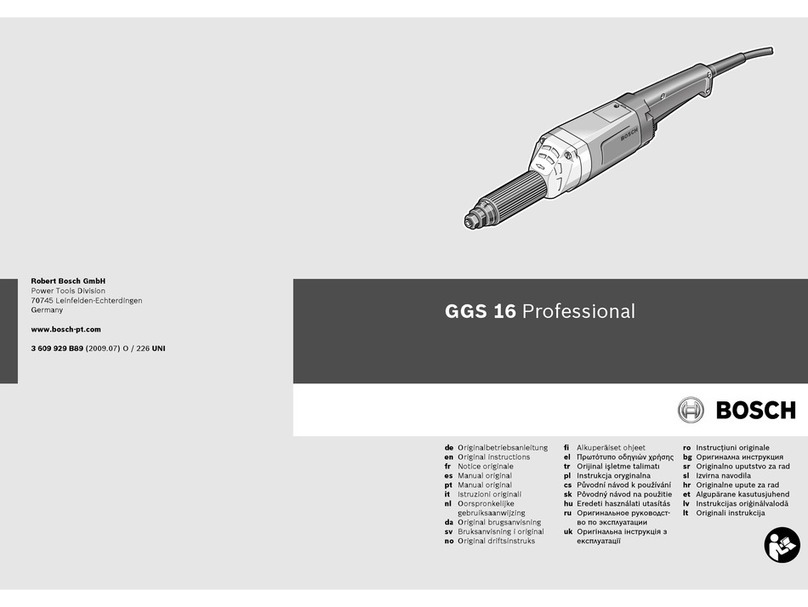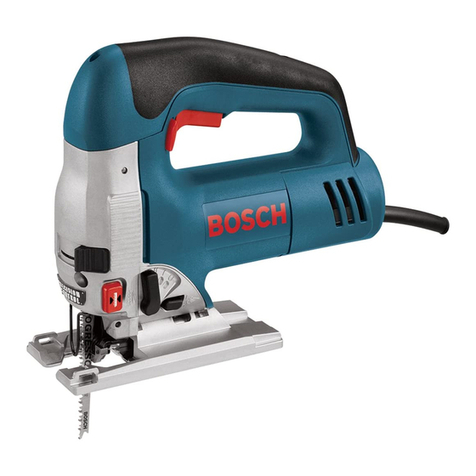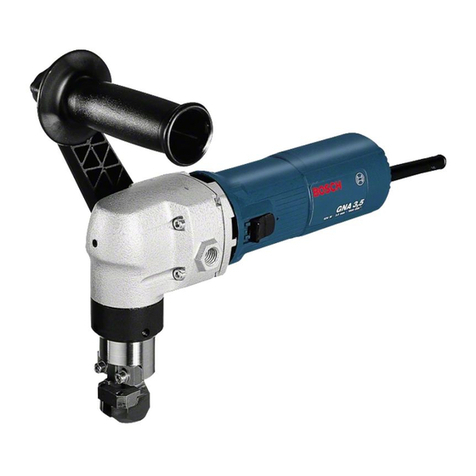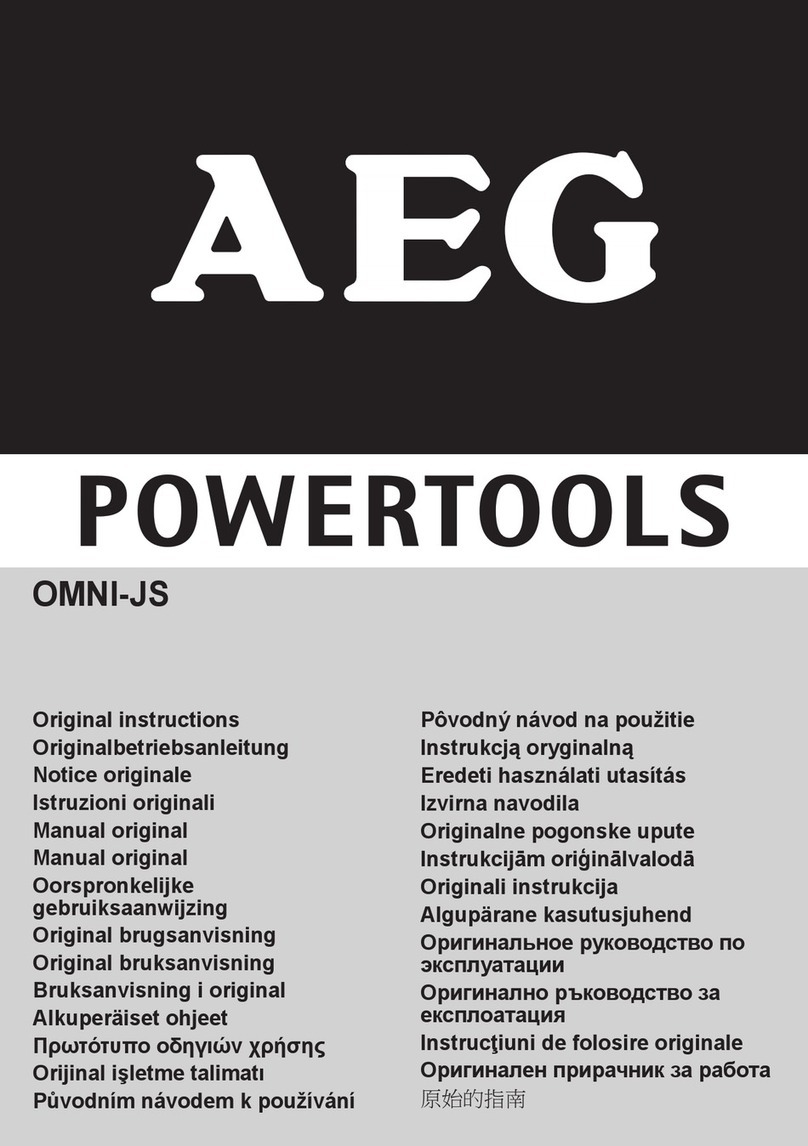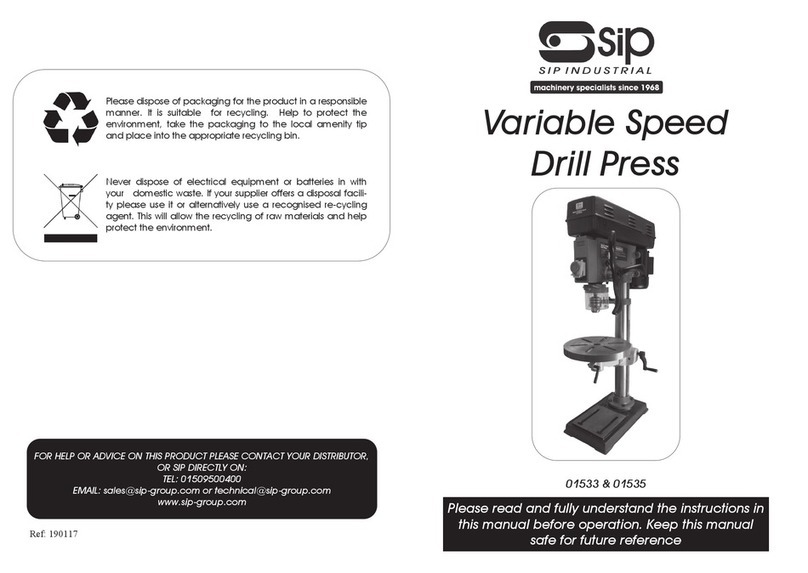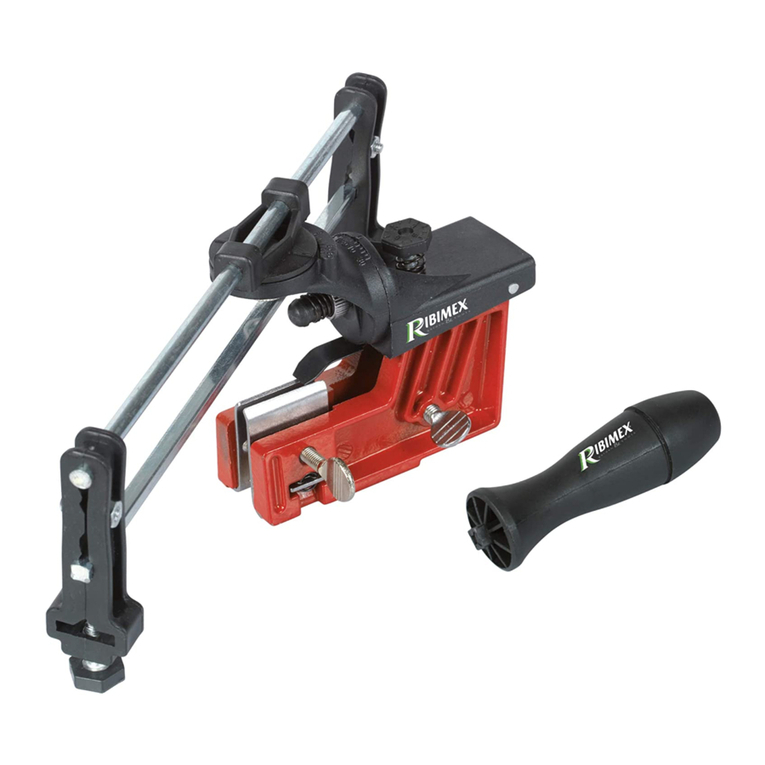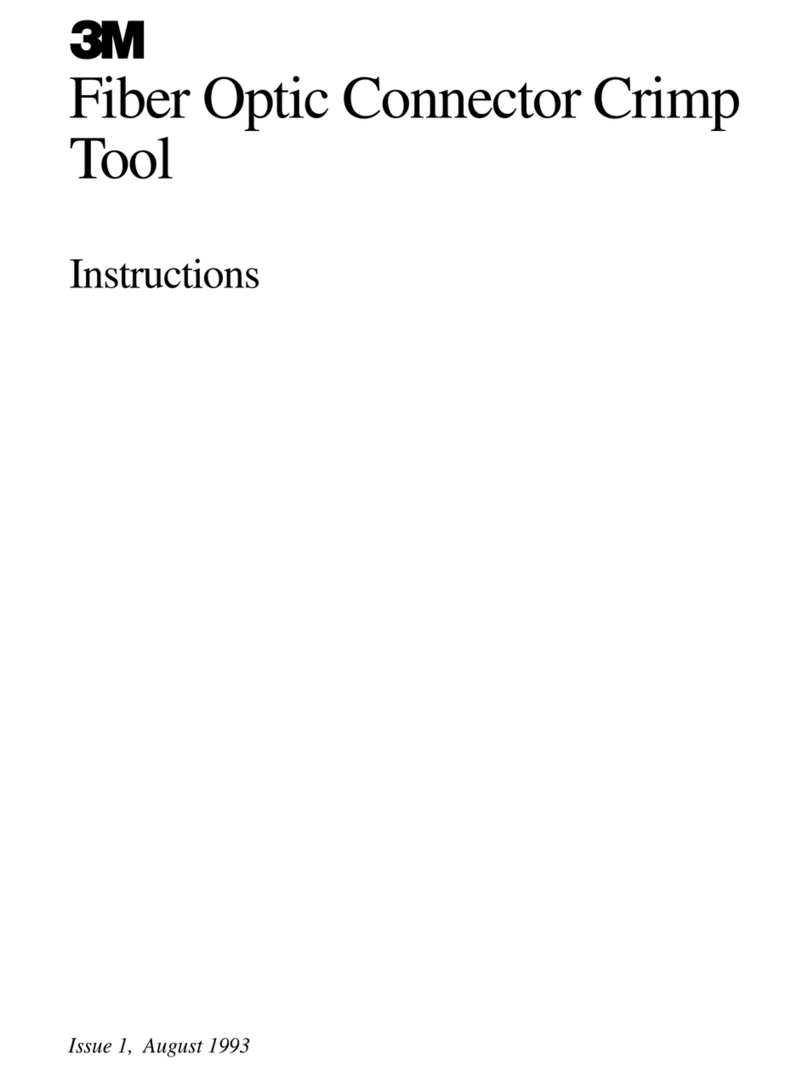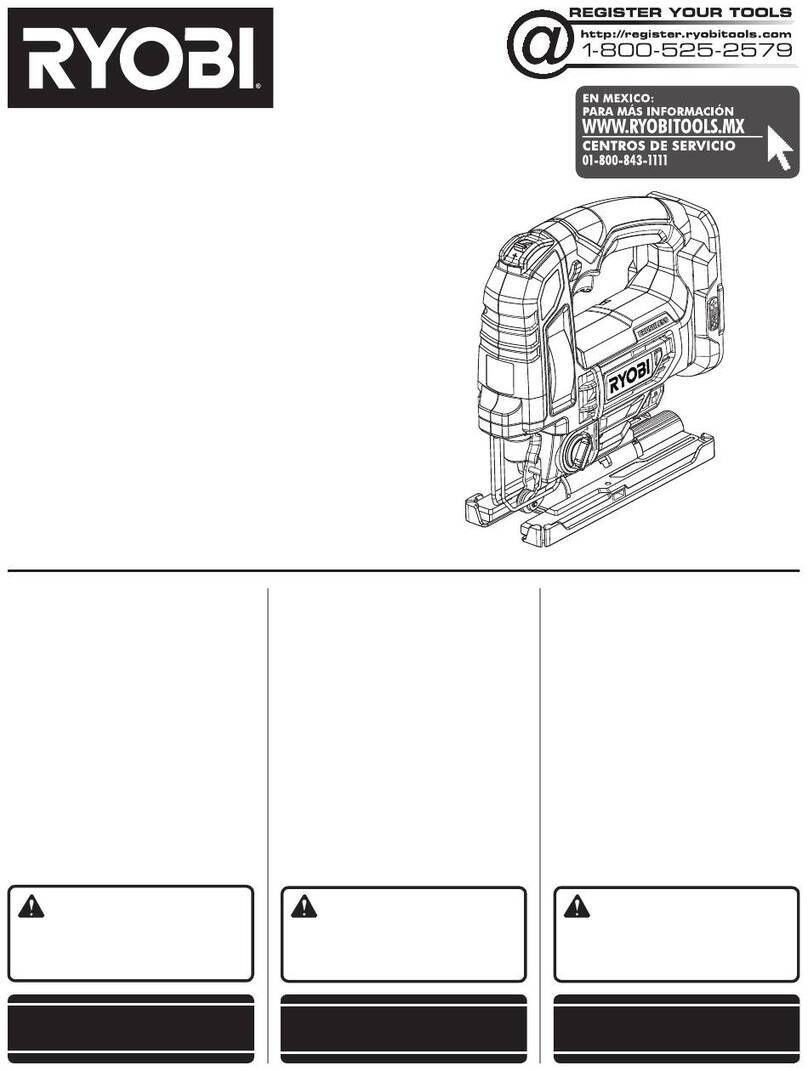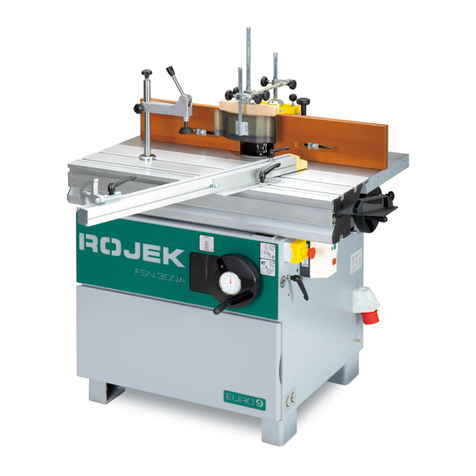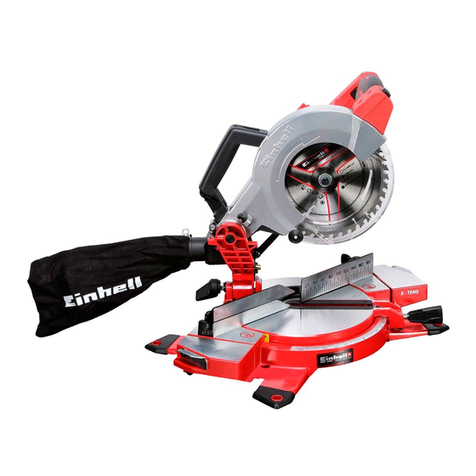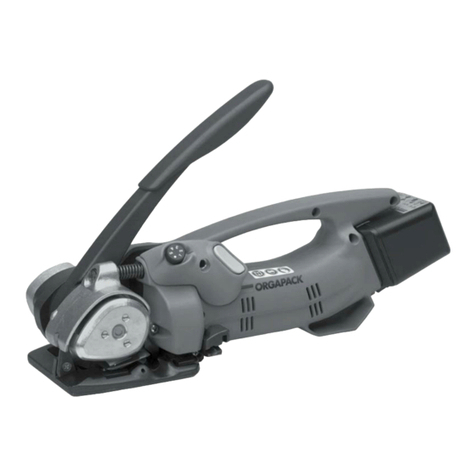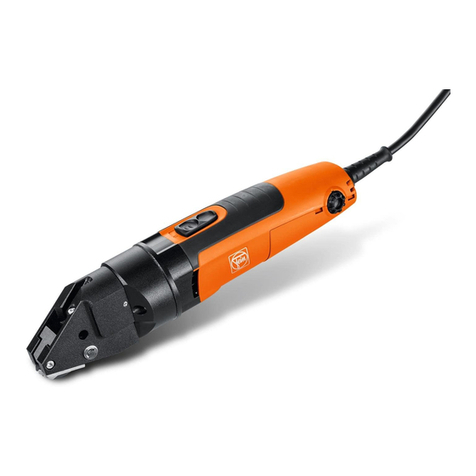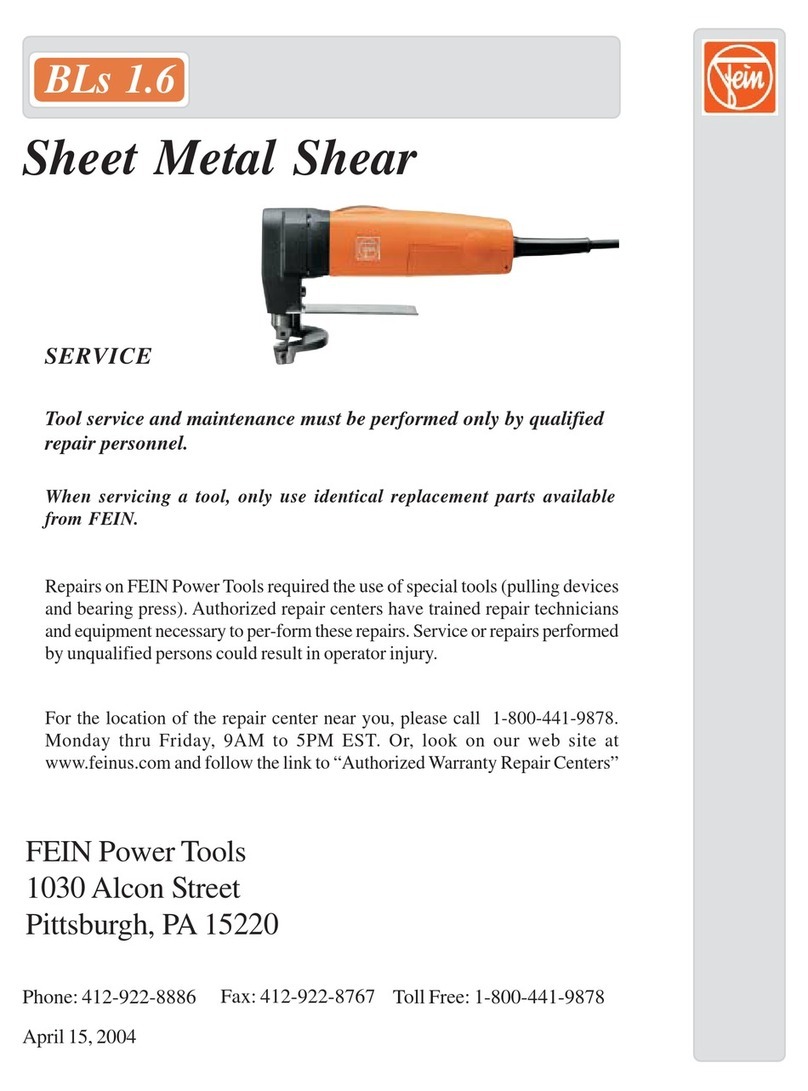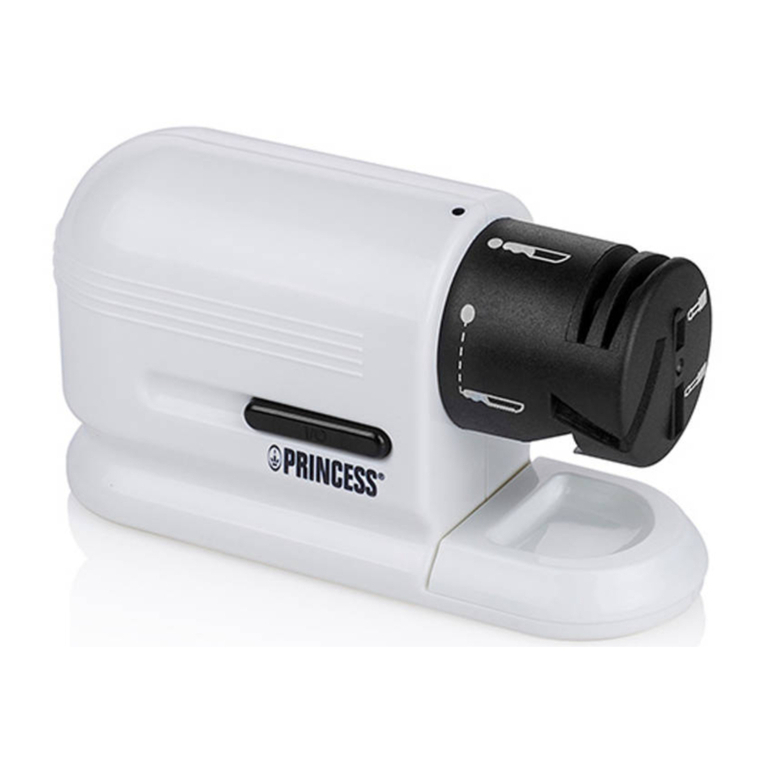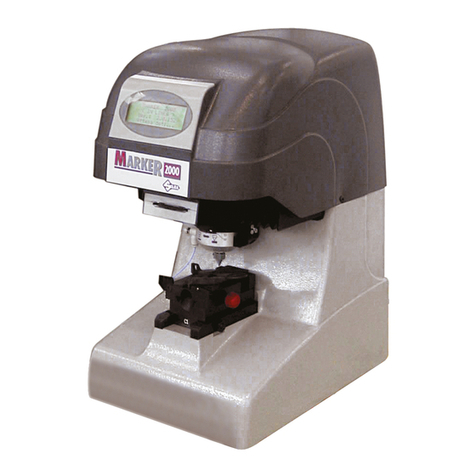
F 002 DG9 A00 2013-04-16|Bosch Limited
Symbols used | NTI 1000 | 5NTI 1000 | 5| 5 en
2.3 Obligation of contractor
The contractor is obliged to ensure that all measures
geared towards the prevention of accidents, industrial
diseases, labor-related health risks are taken and mea-
sures towards making the workplace fit for people to
work in are carried out.
The contractor is bound to ensure that all electrical
equipment and operating material is set up, modified
and maintained by skilled electricians only or under the
guidance and supervision of a skilled electrician in ac-
cordance with electrical engineering principles.
Furthermore, the contractor must ensure that all elec-
trical equipment and operating material is operated in
keeping with electrical engineering principles.
If a piece of electrical equipment or operating material
is found to be defective, i.e. it does not or no longer
complies with electrical engineering principles, the con-
tractor must ensure that the fault is rectified immedi-
ately and, in the event that imminent danger exists, also
ensure that the electrical equipment or the electrical
operating material is not used.
2.4 Safety instructions
Before starting up, connecting and operating Bosch
products it is absolutely essential that the operating in-
structions/owner’s manual and, in particular, the safety
instructions are studied carefully. By doing so you can
eradicate any uncertainties in handling Bosch products
and thus associated safety risks upfront; something
which is in the interests of your own safety and will ulti-
mately help avoid damage to the device. When a Bosch
product is handed over to another person, not only the
operating instructions but also the safety instructions
and information on its designated use must be handed
over to the person.
RAlways switch off the main power supply before per-
forming any installation or maintenance work.
RDo not open the NTI 1000 cover or tamper with the
pneumatic connections.
RDo not try to perform any maintenance activity that
is not described in this manual. Inform Bosch before
carrying out any repair or restoration. Non-compli-
ance invalidates the warranty.
RIn case, air or nitrogen is not being delivered at any
of the outlet valves when the NTI 1000 is powered
on, switch off the power supply and contact Bosch
customer service.
RIn case of any emergency, switch off the mains sup-
ply and contact Bosch customer service.
RDo not try to tamper or alter the electrical or elec-
tronic components inside the NTI 1000 cabinet.
RAny maintenance work other than those specified
in this manual has to be carried out by authorized
personnel designated by Bosch.
RThe nitrogen tank and Carbon Molecular Sieve
(CMS) tanks should be inspected and tested once
every year for safety, by an authorized local agency
according to the local standards.
ROnly connect to a properly grounded electrical out-
let.
RDo not open the safety valve on the nitrogen tank
unless specified. If you open the safety valve, ensure
that you tighten it again.
RThe settings of the flow control should not be ad-
justed. Non-compliance invalidates the warranty.
RInstall the 160 l or 300 l external tank on the same
level as the NTI 1000.
RTighten the clip of the filling hose and outlet connec-
tions at least once every month.
REnsure that the hose connections are leak-proof.
2.5 Safety devices
RPressure switch - Closes the incoming compressed
air supply to the NTI 1000 if the normal operating
pressure exceeds 10.5 bar.
RFilter Regulator Combination (FRC) unit: Regulates
the operating pressure of the unit.
RSafety valve: Operates when the pressure in the
nitrogen exceeds 15 bar.
RFuse: Terminates the power supply in case of over-
current drawn by the NTI 1000.
2.6 Electromagnetic compatibility (EMC)
The NTI 1000 satisfies the requirements of the EMC
directive 2004/108/EG.
iThe NTI 1000 is a class/category C product as
defined by EN 61 326. The NTI 1000 may cause
high-frequency household interference (radio inter-
ference) so that interference suppression may be
necessary. In such cases the user may be required to
take the appropriate action.
